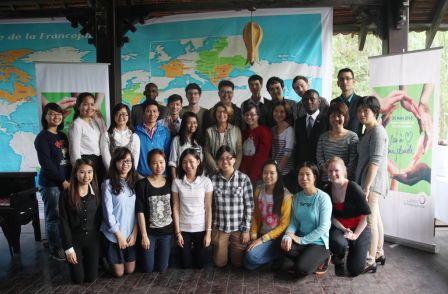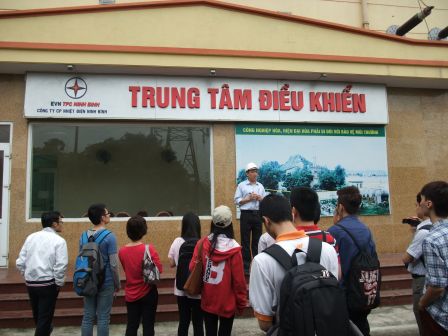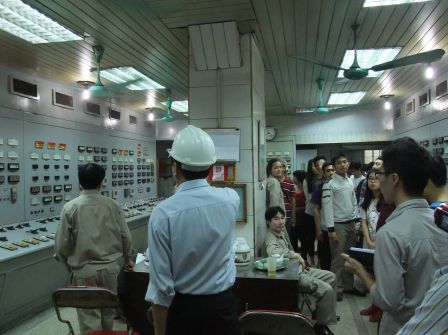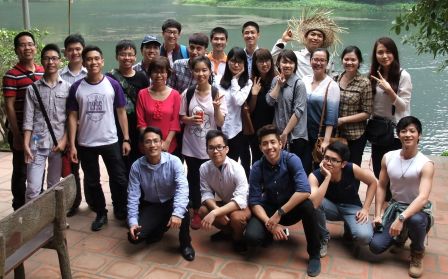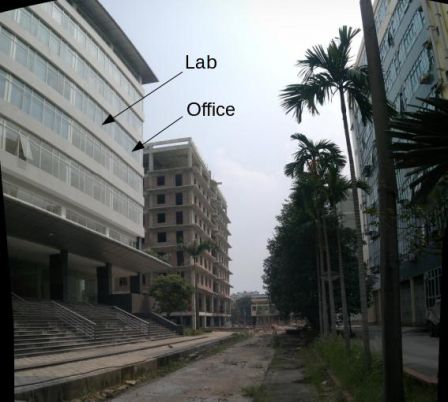Vietnam's Renewable Energy Development Strategy (REDS) sets ambitious goals for developing renewable energy (RE). There are four pillars: mini-hydro, solar, wind, and biomass. We argue that to reach the biomass energy goals, Vietnam should build an industrial demonstrator of biomass co-firing in a coal power plant, as soon as possible.
The official plans give two targets for biomass share in total power generation. One comes from PDP VII revised (18/3/2016), the other one from the RE Development Strategy (Decision 2068/QĐ-TTg on 25/11/2015) :
| Decision 2068 | PDP VII revised | |||
| Year | 2020 | 2030 | 2020 | 2030 |
| Biomass share in total power generated | 3% | 6.3% | 1% | 2.1% |
| Power generated from biomass | 7.8 TWh | 37 TWh | 2.4-2.5 TWh | 10.6-11.7 TWh |
Considering the lower target, according to our estimates which assume a capacity factor of a dedicated biomass power plant at fifty percent, the installed capacity of biomass-based power generation should be 570 MW in 2020, increasing to 2.5 GW in 2030.
- Presently, biomass power is generated in sugar mills, with a total capacity of 150 MW.
- A first biomass power plant is Vietnam is being built with a capacity of 10 MW.
- According to PDP VII revised, four biomass power plants should operate by 2020, for a 265 MW capacity (60 MW KCP, 55 MW An Khe 1, 55 MW An Khe 2, 125 MW Lee&Man.)
The current and planned biomass power plants capacities add up to 425 MW. There is a gap of about 150 MW of biomass power capacity in 2020, that is 25 % of the total capacity.
Co-firing 5% biomass in three large 1 GW coal power plants would fill this gap.
The thermal energy needed to produce 2.5 TWh by biomass is 8.3 TWh (30 PJ), given the conversion efficiency at 30%. Assumed the heat value of biomass at 15 MJ/kg then the amount of biomass required will be 2 Mt. The biomass quantity to fill the 25 % gap is 0.5 Mt.
We estimate that the production capacity of biomass pellets in Vietnam is 2-3 Mt/yr. In 2015, Vietnam exported 1 Mt of pellet to Korea for co-firing in coal power plants. Today’s domestic overcapacity for biomass pellets production led many shops to close. It is more than enough to co-fire three large coal power plants in 2020 at a 5 % mix ratio.
Recently, the Government has been working on a Roadmap to detail the implementation plan of the REDS. Most roadmap activities are for legal framework. There are regulations on supporting mechanisms for grid-connected PV project, waste to power projects, development plan for bioenergy projects, establishment of Sustainable Energy Development Fund, and a Renewable Portfolio Standard. Detailed regulation on the ratio of biomass co-fired in coal power plant will be available by 2022. A Renewable Portfolio Standard (RPS) is to be approved by 2018. Three percent of energy generated from units above 1 GW capacity should come from renewable sources.
The Government's roadmap is technology-neutral, and RPS leave it to the industry to choose the least cost-way to comply. RPS Korea and Japan have led utilities to choose co-firing pellets. The story could play again in Vietnam.
We conclude that to prepare for the use of co-firing biomass in large coal power plants in three years, the industry should build a pilot co-firing demonstration project now. In addition to demonstrating the engineering and operational aspects, the pilot will answer critical social, economic and environmental questions related to long term biomass supply contracts, external effects on health, air quality, social impact and domestic trade balance effects.
Dr. Minh Ha-Duong, Dr. Nguyen Trinh Hoang Anh, Msc. Truong An Ha
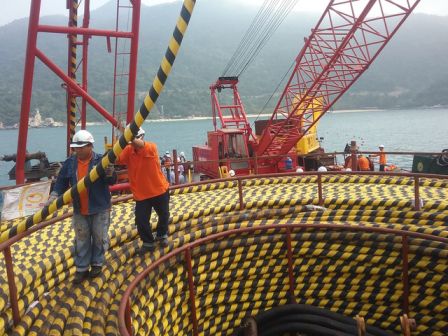
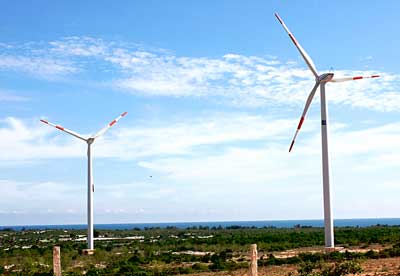
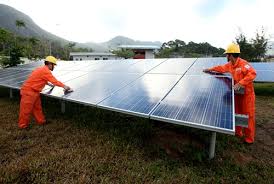

 (Source:
(Source:  (
(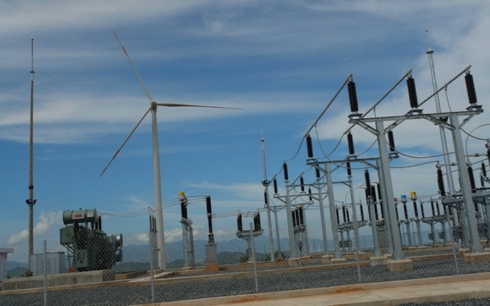 (
(




